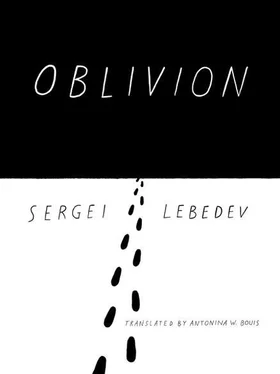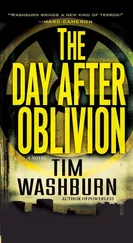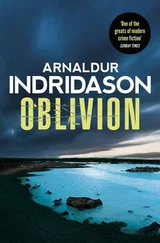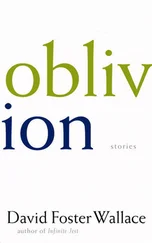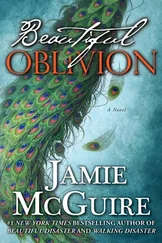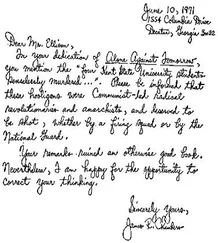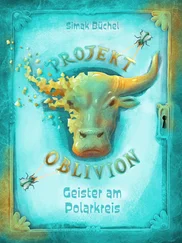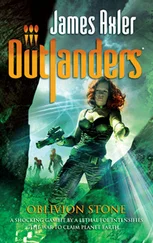The watchman was not one by profession or calling; he was a watchman without verbs, if I could put it that way: he did not watch, he did not guard, he did not execute the duties of a watchman, but nevertheless he was one, in a different sense.
When the cemetery had been part of the camp, he, an invalid who had been a stone mason and engraver in his past, was sent here to make headstones; for decades he carved out names, ranks, and positions, as if he worked in the posthumous human resources department; he kept his own records of those who had arrested him and guarded him, kept his book of life and death—a pile of pages in a cardboard file labeled “Case No. … , ” in which he listed all the dead.
Later, when the town grew bigger than the camp, his quarter-century sentence came to an end, but he remained; the engraver said he had nowhere to go, which was true, but that was not the real reason: he had merged with the cemetery, gotten used to standing at the gate hunched over, grown deaf from the whine of the saws on stone; former camp bosses retired and sooner or later, with an honorary salute or not, with medals on a cushion or not, the officials were lowered into the unyielding, stony earth, where a meter down the hoe hit the ice of permafrost; the engraver picked up his instruments and chiseled the dates of the life on the stone.
There was not much flesh left on him, a third of his body was metal, wood, and plastic—the engraver had been treated with care; the flesh that remained was imbued with the dust of stone and abrasives, stone dust was in his lungs, he had become almost mineral, the way the bodies of miners who died in salt mines turned into salt formations found decades later. His name was Petr, rock, and he was no longer subject to physiology, he belonged to petrography, the study of mountain ores. Having spent much more time with rock than with people, he had learned its slow power, the power of pressure that bends strata, the power of hidden, seething pressures; he turned the power on himself, overcame the weakness of expectation, and surpassed the strain of patience; he was simply the cemetery stone carver, he lived at the cemetery, and even in his extreme old age he cut the letters smoothly and evenly into the stone.
His vision and sense of proportion established the same precision within him, letters requiring accurate delineation subjected his body to the service of lines; maybe he survived only thanks to those letters, their graphics; he stood on two borders simultaneously—the line between life and death and the threshold at which the invisible word becomes visible, captured in the graphic cluster of letters; letters became his prison camp rations, and he did not depend on meager calories, he was fed by the alphabet both in the practical and spiritual sense. He lived without dreaming of revenge, he lived a solitary and isolated life, and his life went on as long as there were still people alive who had served in the camp as guards; he met them at the cemetery gate the way they had met him at the camp gate; he stood on borrowed legs of metal and wood, while they lay on their backs and their feet were in shoes bought for the burial. He was not in the thrall of vengeance or justice being meted out—he simply watched how they left in a line that extended for years, left as if they had lived ordinary lives, had been ordinary men—and it had to be him, he had to chisel out the numbers, the farewell words of wives and children on their headstones, so that their deeds, almost forgotten, not having become guilt, not having elicited repentance or expiation, would be fixed, confirmed as something that had really happened; confirmed not in human memory, but as something that did not depend on memory, on being “multiplied” in reminiscences, but was just a fact of life.
One engraving, one line, was enough to keep a thing from vanishing. It needed only one person to take on the labor of remembering; remembering means being connected with reality, even being that connection; we do not preserve the reality of the past in our memories, the past itself, having occurred, speaks through human memory, and the speech is exactly as clear as the person is honest, not in the sense of following the truth but in the sense of absolutely allowing it to speak through him.
In the back of the workshop, the engraver tried to make a memorial for his long-dead comrades; but his ability to convey the proportions of the human body was in inverse proportion to the precision of his hand at making letters; he treated the human form like a letter, so that the body was racked, stretched on imaginary axes as if crucified on the letter; unfinished statues lay by the wall like executed bodies, and that probably was a memorial fully suited to the times and events—a memorial existing in numerous attempts but never succeeding; a memorial no one would see.
I told the engraver the grave I sought, and he led me to a small hollow that looked like the earth’s lipless mouth. In those regions, permafrost could push out crosses and statues the way it pushes out foundations of buildings, or it could remain indifferent, or it could swallow a raised grave site. I recalled the photograph of Grandfather II taking the first shovelful of dirt at the quarry site and the feeling I had first looking at it returned: the shovel digs into the ground and it’s too late to put the soil back, to deny, refuse, say something; events linked up in ways that could not be unlinked, fate could not be stopped. Therefore the location of the grave had a dent in the surface that seemed to repeat—in one of many places—the funnel of the quarry begun by Grandfather II.
The engraver told me that one batch of prisoners brought to the camp were mental patients; the institution where they lived had been turned into a polling place because the village school, where people usually voted, had burned down with the kolkhoz office. The patients were naturally locked up, but they got out at night and tore down the posters hanging in the streets, to put them up in their own ward. One poster ripped and they hid it in the outhouse; it was a portrait of Stalin.
The engraver heard the story from an orderly in the institution, who was sent to serve time along with the mental patients. They could not remember their own names, did not respond at roll call, and the orderly was a valued worker: he replied for them all, combining the names of three dozen people with his own. The madmen were excellent laborers, perhaps the best at laying the foundation of the quarry: they did not know that somewhere outside there was freedom, they were not envious if someone got more food, they did not try to deceive, work less, pretend to be sick; through pickaxes and shovels, through unity of action and form—just as they were taught to use spoons—they acquired a small dose of reason, enough to merge with the tool and become one with it. The shaft of a shovel, the handle of a crowbar became their support, their earthly axis, and they dug, broke rock, made holes for explosives, giving themselves fully to the work, replacing their own existence. That’s what people called them—Pickaxe, Shovel, Wheelbarrow—and they quickly learned to respond to the nicknames.
Gradually the brigade of mental patients was noticed and given better rations—no other brigade suited the bosses as well—and the guard officers even joked that the experience should be extended, all the nuts throughout the land should be arrested: Where else could you find such obedient workers? The other prisoners called them the Psycho Brigade; the bosses had the sense not to hold up the mental patients as an example—the other prisoners would have killed them then—instead, people just took out their frustration on them, mocked them, but did not hurt them.
The officers who suggested using arrested mental patients did not know that all credit was due the orderly: he had understood intuitively that the repeated actions of simple labor with the soil could help those men get back into the world, at least partially, and he had spent years at the institution teaching them to work, first with four hands, the way you teach people to play piano, and then, when they understood the movement, independently. The orderly’s brother was among the madmen, they said it was hereditary, and he tried to save his brother and forestall his own madness; he had managed to instill the skills of simple labor in his patients, in muscle memory; but now his plan equated man and instrument.
Читать дальше
